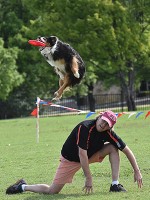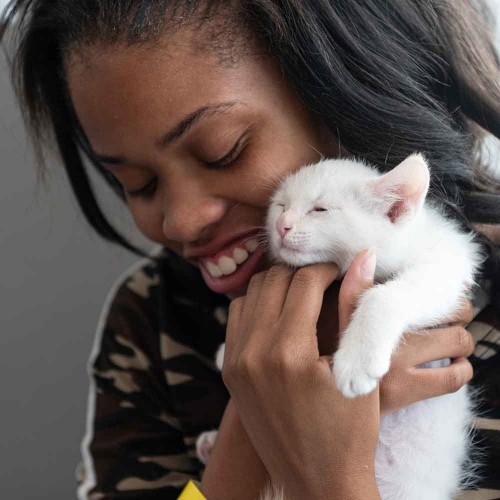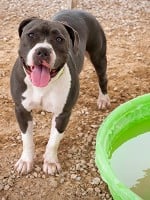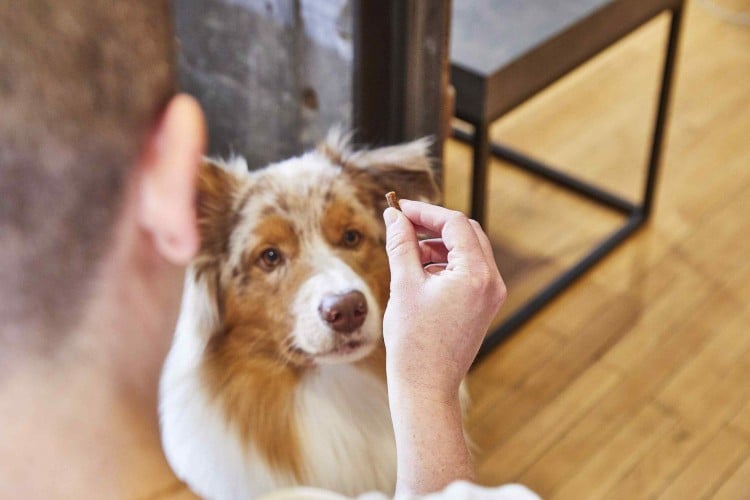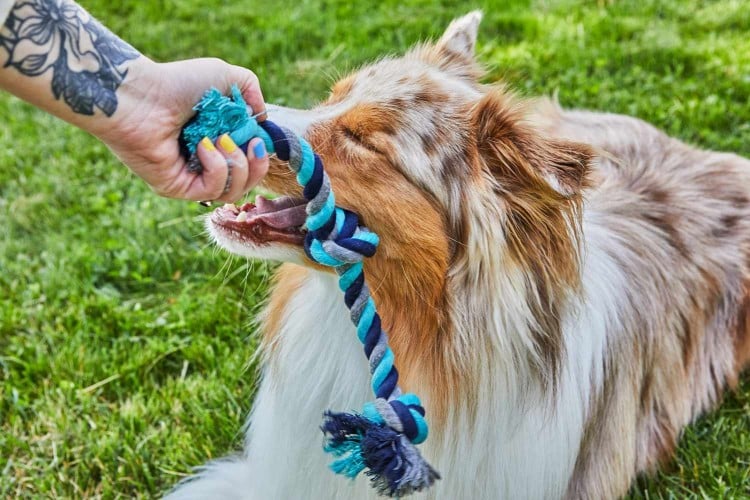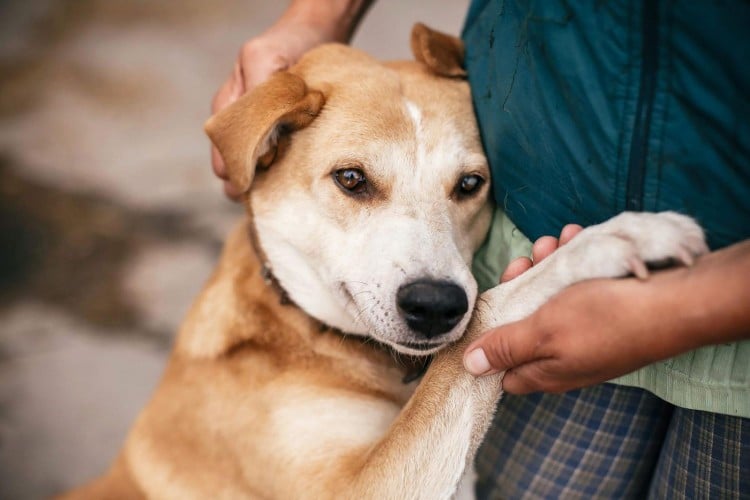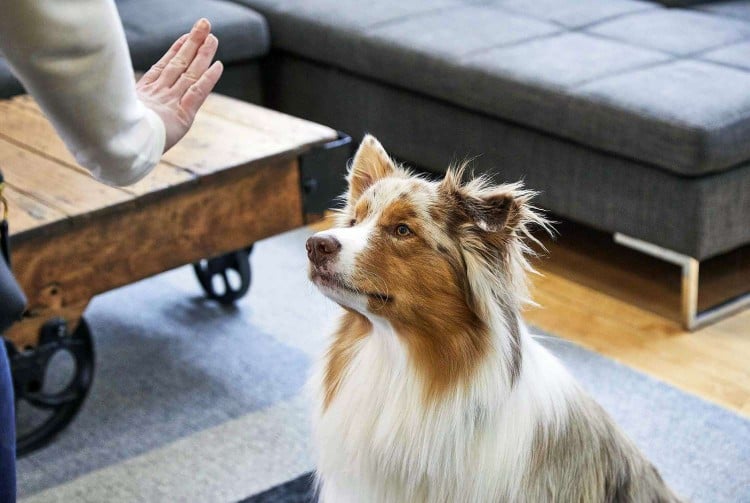
The "stay" cue is a super useful skill that every dog should know. It's a foundational skill that can be paired with many other cues in a variety of situations. You can use the cue "stay" on walks to prevent your dog from dashing across the street or when opening the door to grab the mail, and you can even add it to a more complex behavior like "go-to-bed."
Teaching a dog to stay on cue is less complicated than you might think. With good timing, and positive reinforcement, you can teach a dog to "stay" quickly. Just remember in your beginning days of training that "stay" means your dog stays put until you return to them! Don't confuse this cue with "come." Always return to your dog before you mark and reinforce. Remember to start slow and easy, with short time requirements and very minimal distractions.
What You Need to Get Started
Choose a Great Reinforcer for Your Dog
Select a reinforcer to provide your dog as they learn and make great choices. A great reinforcer should be something your dog really wants, is small, and is easy to provide repeatedly. For 99 percent of dogs this is some kind of food item like a treat. Things like cut-up hotdogs, small pieces of cheese or lunch meat, or store-bought training treats are good options.
Why Training Dogs with Treats Is an Effective Way to Teach New Skills
Form an Effective Marker
A marker (also called a bridge or bridging stimulus) is a sound or hand signal that tells your dog the exact moment they did something that earned them a reinforcer (the treat). A clicker is a great tool to use for this. If you don't have a clicker you can just use a word like "yes" or "good" or a hand signal like a thumbs up, but pick one and stick to it. Mark the behavior the second you see it. The more accurate and quick your mark is, the more effective your teaching becomes.
5 Steps to Teach Your Dog to "Stay" on Cue
01 of 051. Reinforce for Remaining in Front of You
With your dog in front of you, begin reinforcing him for remaining in front of you by giving him treats. He can be standing, sitting, or laying down—as long as he doesn't walk away, he gets treats. You quickly will discover which position he prefers.
02 of 05
2. Ask Your Dog to Sit, and Add a Cue
03 of 05
3. Take a Step Backward
With your dog still in a sit position give your hand signal or verbal cue. Slowly rock back on one foot or take one step back and immediately return to him. If he remains in position, mark and reinforce.
04 of 05
4. Add More Distance
Don't rush this or move too far too fast! You may find you can only take a one or two steps away at first to make sure your dog is successful. Raise your open hand or say your verbal cue "stay," and take a step or two backward then immediately return to your dog. If he stays, mark the behavior and give him a treat. Repeat this several times.
05 of 05
5. Work On the 3 "D's"
Continue to strengthen the cue by gradually working on the three "D's": distance (how far you step away), duration (how long your dog remains in position), and distraction (noise, things that move, sounds, etc). Focus on one "d" (like distance) before you move to the next.
Tip: Always set your dog up for success by going slow and reinforcing constantly. Think baby steps! If at any point your dog doesn't hold the stay, consider if you are moving too fast or if your rate of reinforcement is too low. Go back a few steps in the process and reinforce him for shorter periods of time (and smaller distances away from you) in the position.
Using positive reinforcement makes learning new skills for your dog fun and easy. With more experience, and practice, you can teach your dog shake, roll over, heel, fetch, and tons of other new dog tricks they need to live happily by your side.



